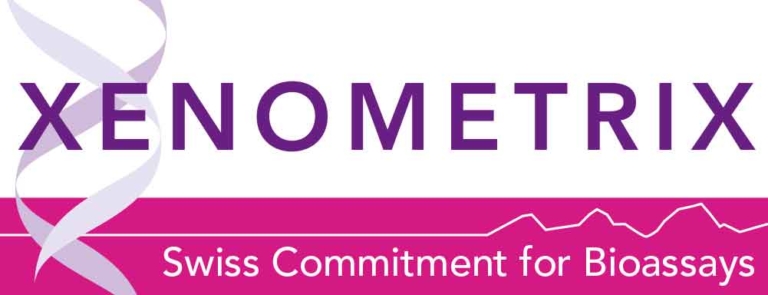Presenters:
Devon Barnes, PhD Candidate, Utrecht Institute for Pharmaceutical Sciences
Job Berkhout, PhD Candidate, RIVM
Friday, April 28, 2023
10:00 – 11:00 ET / 16:00 – 17:00 CET
Development of an adverse outcome pathway for kidney tubular necrosis
Presented by Devon Barnes, Utrecht Institute for Pharmaceutical Sciences
Adverse outcome pathway (AOP) networks combine AOPs that share one or more key events (KEs). Our aim is to develop an AOP network determining KEs and the relationships that drive chemical-induced kidney tubular necrosis (TN). To weigh the evidence between KEs, the network will be assessed in accordance with guidelines from the Organization for Economic Co-operation and Development (OECD). The objective is to develop an ontological knowledge framework that integrates biological, toxicological, and chemical data toward predicting systemic repeated dose toxicity effects of nephrotoxic chemicals associated with kidney TN.
Embase was used to search for literature on chemical-induced kidney TN using key search terms relevant to clinical presentations, biochemistry, histology, and chemically applicable, data-rich nephrotoxic compounds. Initial title/abstract screening of papers employed SysRev, a computational tool for systematic reviewing and data extraction, using labeling strategies for inclusion/exclusion criteria. Tailored Bradford-Hill criteria described in OECD guidelines will assess confidence levels and weight of evidence for KEs within the AOP network. Kidney physiological maps were designed to establish mechanisms contributing to TN, with systemic mapping of currently reported AOPs involving nephrotoxicity identifying relevant MIEs and KEs.
The Embase search retrieved 2735 papers to upload to SysRev. The title/abstract screening would further identify papers eligible for data extraction in the full-text screening process. A total of 19 existing AOPs related to kidney dysfunction were identified and analyzed to support the implementation of additional in vitro endpoints for TN.
Data extracted will assess confidence levels in previously described KEs and KERs and identify potential new KEs. The AOP network will form the conceptual basis for establishing a test battery of in vitro assays to characterize nephrotoxic chemicals by measuring individual KEs for the generation and evaluation of AOPs of TN-related kidney failure.
Computational modelling of neural tube closure defects
Presented by Job Berkhout, RIVM
Closure of the caudal neural tube is a critical event that occurs early in development, around day 27 of human gestation. Failure of neural tube closure results in severe birth defects, such as spina bifida. These neural tube defects (NTD) are among the most prevalent human congenital malformations, which warrants specific attention in chemical safety assessment. Computational models of biological processes are likely to revolutionize chemical safety assessment in the near future. Such models can be used to predict the effect of chemical-induced gene expression changes and provide a template for establishing quantitative adverse outcome pathway networks. This study aims to develop an in silico model of the human neural tube closure, which will be applied to predict chemical-induced NTDs.
By extensively mining the developmental biology and toxicology literature, we first created a physiological map of human neural tube closure. Based on the physiological map, we built a multicellular agent-based model using CompuCell3D.
The constructed physiological map depicts the all-trans-retinoic acid (ATRA) related molecular pathways linked to the various cell types in which they occur, and their morphogenetic consequences, that lead to closure of the neural tube. The morphogenetic events driven by gene expression changes are visualized by the computational model.
We simulated in silico the complex biological process of neural tube closure, in order to demonstrate the feasibility of this approach. At a later stage in the project, the computational model will be applied to predict chemical-induced changes in gene expression and cell characteristics. The predictions of the model will be validated using a set of dedicated in vitro assays in conjunction with existing knowledge on in vivo developmental neurotoxicity. Such computational models may ultimately provide an alternative in silico approach for chemical safety assessment without the use of animals.
 The ESTIV Members Area
The ESTIV Members Area



















